Don’t you love humming to your favorite nursery rhymes? But, have you wondered how they were written and popularised? Let’s read the story behind ‘Diddle, Diddle Dumpling’.
In this poem, a parent refers to a little boy named John who has gone to bed with his trousers, stockings, and one shoe. This poem became popular among the dumpling sellers in London in the late 17th and 18th centuries. They used to sing this while selling hot dumplings. It is not related to the original meaning of the poem, but is just an excellent way to use dumpling alliteration and its popularity.
Let us read the full poem and know a little about its history.
Jump to:
Written Lyrics
Original Version
Diddle, Diddle Dumpling, My Son John,
Went to bed with his trousers on,
One shoe off and one shoe on,
Diddle, Diddle Dumpling,
Diddle, Diddle Dumpling, My Son John.
Diddle, Diddle Dumpling, My Son John,
Went to bed with his stockings on,
One shoe off and one shoe on,
Diddle, Diddle Dumpling,
Diddle, Diddle Dumpling, My Son John.
Diddle, Diddle Dumpling, My Son John,
Went to bed with his trousers on,
One shoe off and one shoe on,
A-Diddle, Diddle Dumpling,
Diddle, Diddle Dumpling, My Son John.
My Son John.
Changed Version (as per The Real Mother Goose published in 1916)
Diddle diddle dumpling, my son John
Went to bed with his britches on.
One shoe off, and one shoe on;
Diddle diddle dumpling, my son John.
Deedle, deedle, dumpling, my son John,
Went to bed with his stockings on;
One shoe off, and one shoe on,
Deedle, deedle, dumpling, my son John.
Photo Lyrics:
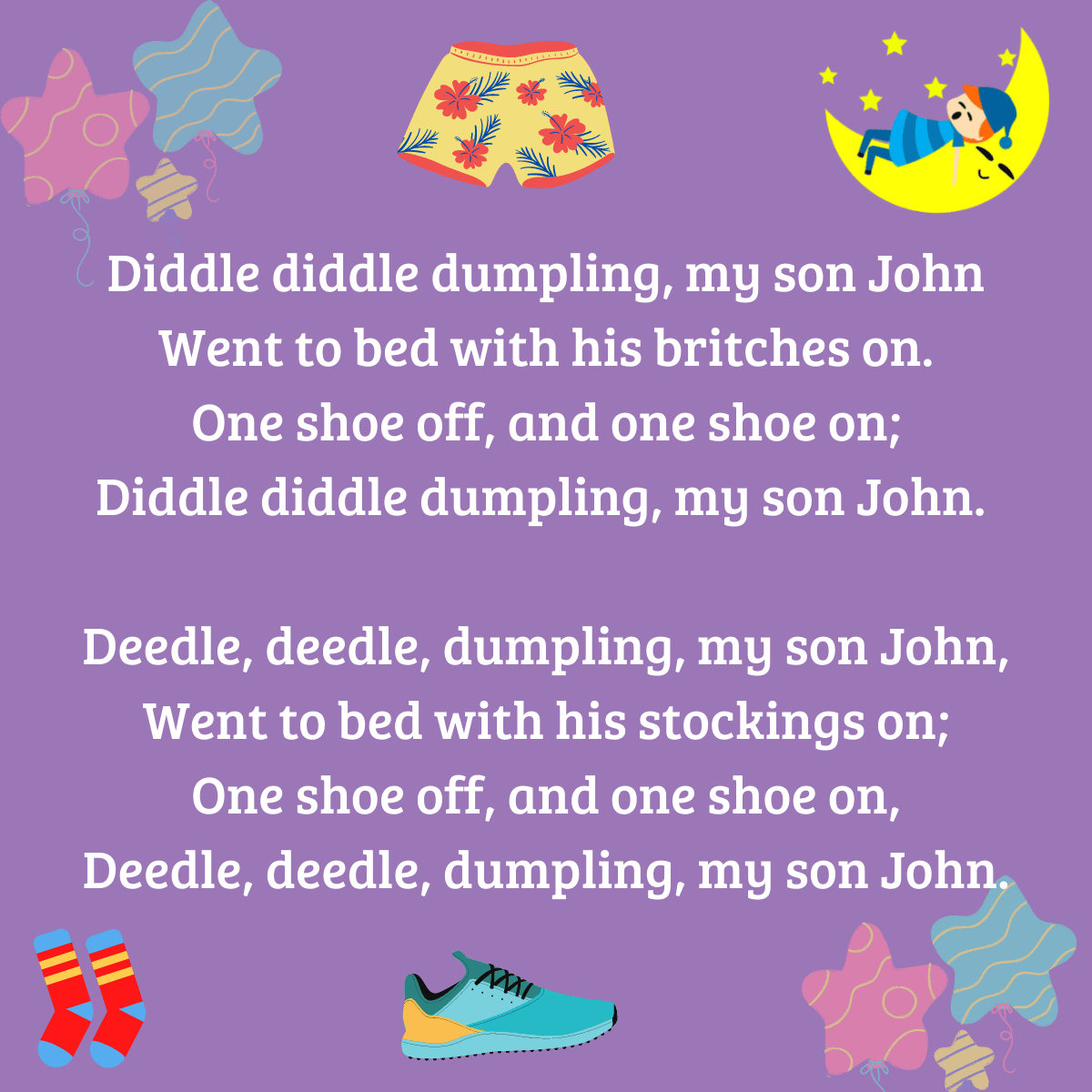
Video Links:
Most of the videos will have changed lyrics. However, we have attached the links for both. You can refer to one which you like the most.
Original Lyrics
Changed Lyrics
Origin and History
The rhyme was first recorded in The Newest Christmas Box, published in London in 1797. It is unclear whether the traditional street cry of dumpling sellers came first or the nursery rhyme. Dumplings were very popular in London, especially as a poor man’s food, by removing the meat and broth and filling with suet. Dumpling sellers used the first three words to advertise their business.
In the famous rhymes and song book, Denslow's Mother Goose (1901), the first line was changed to "Deedle Deedle Dumpling". In 1916, The Real Mother Goose replaced trousers with breeches and shoes with stockings. The version published in Harry’s Ladder To Learning in 1805, had breeches and shoes. In 1904, a book named A Book for Bairns, had the starting as “hey diddle dumplin’”.
The poem describes the disorderly attempt by the child to get himself to bed. Either he was tired, or he was not used to being organized. He kept his trousers and stockings on and climbed onto the bed wearing one shoe. It is pretty common for small children to behave like this. This is like a song that every parent can sing for their toddler.
The word ‘diddle’ has also changed over time (like it is suggestive of dance or in 1825, it signified wasting time), but for the innocent minds, it will always have a simpler meaning. We also find the word ‘diddle’ in another rhyme called, ‘Hey diddle, diddle, the cat and the fiddle’.
Some fun activities with the rhyme:
Fun and exciting activities can be made for toddlers from nursery rhymes because they keep listening to them and can relate to them. Here are two such activities:
- Colour the things mentioned in the rhyme and trace them to the right word.
- Cut the rectangles and arrange them in the correct order.
FAQs
When John, the little plump boy went to bed, he had his trousers, stockings, and one shoe on. Later, trousers changed to breeches or britches. Britches are short trousers till the knee.
The phrase "diddle, diddle, dumpling" means “toddle, toddle plump little kid”. As per the Oxford English Dictionary (OED) diddle means “to walk unsteadily, as a child; or to toddle which is daddle”. Dumpling refers to a plump little kid in a friendly way.
The English rhetorical device used in this rhyme is ‘alliteration’, which is the repetition of the first letter in consecutive words. Another example is ‘Wee Willie Winkie’, the Scottish nursery rhyme from 1841.

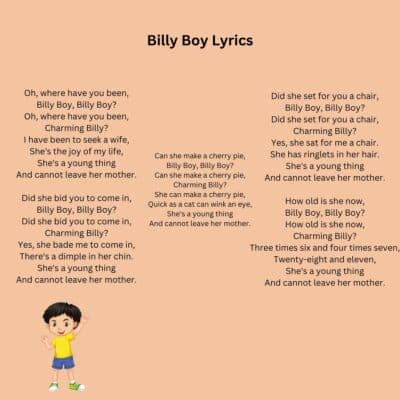
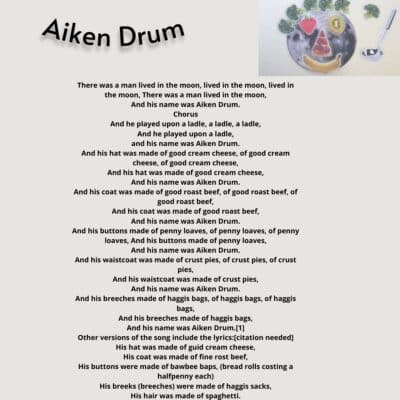
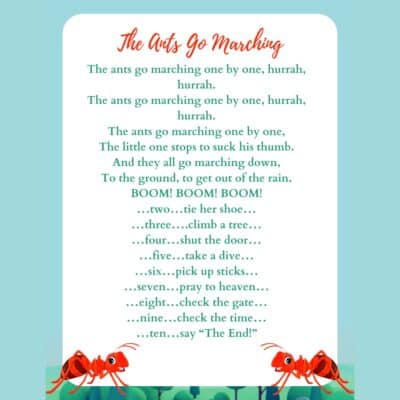
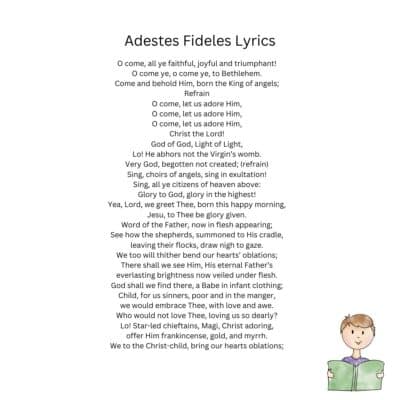
Leave a Reply